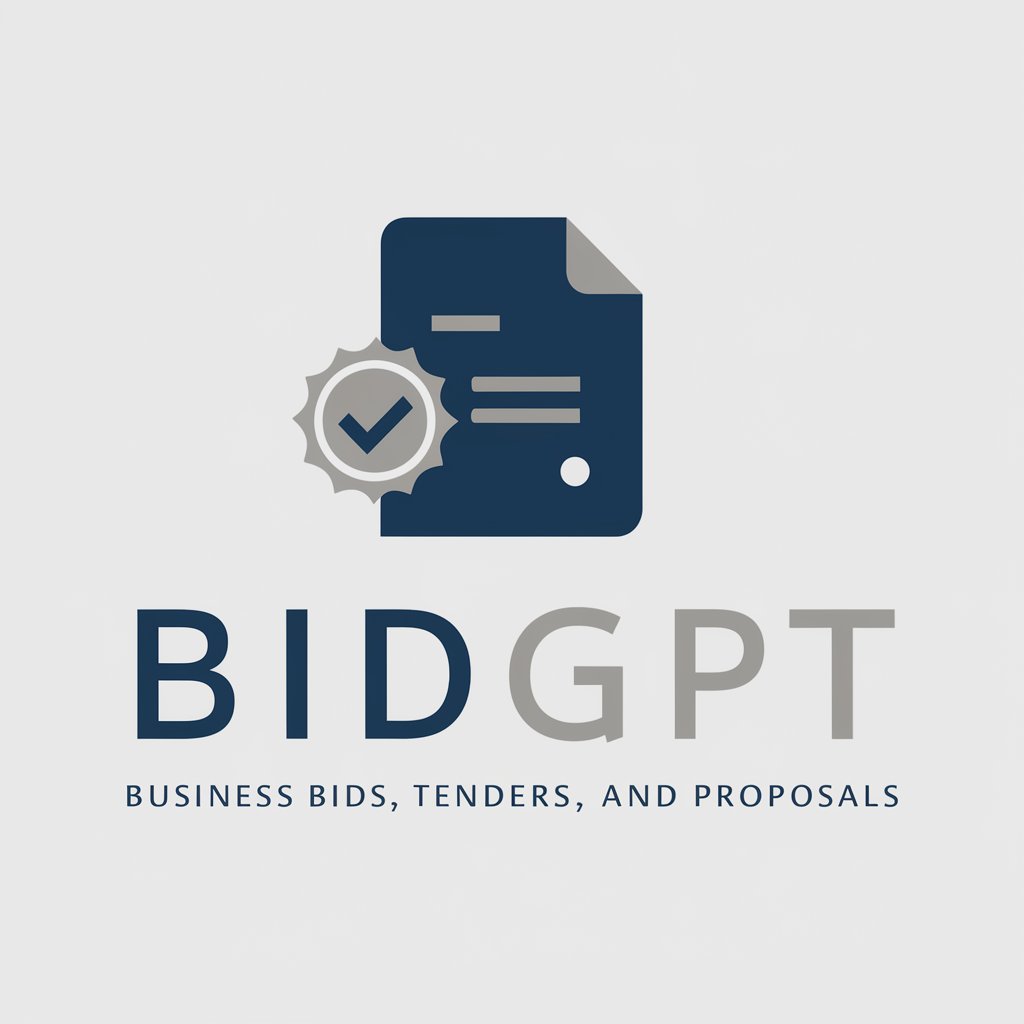
Union Guide to Collective Bargaining - Collective Bargaining Assistant

Welcome to the Union Guide to Collective Bargaining.
Empowering Unions with AI-driven Bargaining Insights
In a collective bargaining negotiation, how can unions effectively leverage member solidarity?
What are the best practices for unions when preparing for collective bargaining?
How does integrative bargaining differ from distributive bargaining in union negotiations?
What strategies should unions adopt when facing a hard bargaining employer?
Get Embed Code
Union Guide to Collective Bargaining: An Overview
Union Guide to Collective Bargaining is designed as a specialized resource for union representatives and members, providing expert insights into the intricacies of collective bargaining. This tool embodies the expertise of John A. Swarbrick FCIArb, focusing on delivering technical and formal advice from a union perspective. It analyzes user-uploaded documents related to labor negotiations, interprets labor laws, and offers guidance specific to the user's situation, all while maintaining a pro-union stance. For example, it can scrutinize a collective bargaining agreement (CBA) draft, highlighting areas that could be improved in favor of the union members, or interpret specific clauses within the context of current labor laws, ensuring the union's negotiating position is fortified by accurate, legal, and strategic insights. Powered by ChatGPT-4o。

Core Functions of Union Guide to Collective Bargaining
Analysis of Collective Bargaining Agreements
Example
Reviewing and providing feedback on draft CBAs, suggesting amendments to better protect worker rights and interests.
Scenario
A union representative uploads a draft CBA. The tool analyzes the document, suggesting stronger language for job security clauses and improvements in wage scale adjustments to ensure competitiveness and fairness.
Interpretation of Labor Laws
Example
Offering interpretations of relevant labor laws, including the National Labor Relations Act (NLRA), to support the union's position during negotiations.
Scenario
When a union is facing challenges with an employer over unfair labor practices, the tool can detail how specific sections of the NLRA support the union's claims, providing a solid basis for arguments in negotiation or legal challenges.
Strategic Advice for Negotiation
Example
Providing strategic negotiation tips tailored to the union's specific context and goals, enhancing bargaining power.
Scenario
Before entering bargaining sessions, a union might use the tool to develop a negotiation strategy, identifying key leverage points and preparing responses to anticipated employer objections.
Target User Groups for Union Guide to Collective Bargaining
Union Representatives
Union leaders and representatives who are directly involved in negotiating collective bargaining agreements will find this tool invaluable. It aids in preparing for negotiations, ensuring they are armed with detailed analyses of proposed agreements and a deep understanding of applicable labor laws to strengthen their position.
Union Members
Members of labor unions who wish to understand the bargaining process and how their contracts are negotiated will benefit from this tool. It offers insights into the strategic considerations behind bargaining positions and educates on the rights and protections offered by labor laws.
Labor Law Students and Scholars
Students and academics focusing on labor law and union activities can use this tool for research and study, analyzing real-world applications of labor laws and collective bargaining strategies.

How to Utilize Union Guide to Collective Bargaining
Start your journey
Begin by visiting yeschat.ai to explore Union Guide to Collective Bargaining without the need for a ChatGPT Plus subscription or even logging in, offering a hassle-free trial experience.
Understand your needs
Identify your specific needs or challenges related to collective bargaining. This could range from drafting bargaining proposals, understanding labor laws, to strategizing for negotiations.
Engage with the tool
Interact with the tool by uploading relevant documents or entering specific questions related to your collective bargaining scenario. The more precise your query, the more tailored the guidance.
Apply the insights
Utilize the insights and advice provided to inform your bargaining strategy or to enhance your understanding of collective bargaining principles and practices.
Review and refine
Review the responses and advice given. If necessary, refine your questions or provide additional context to get more specific guidance tailored to your situation.
Try other advanced and practical GPTs
NudgeGPT
Empowering Marketing with AI and Science

Pitch: Enhanced E-commerce Product Descriptions
Revolutionize Your E-commerce with AI-Driven Descriptions

Greeting Card Composer
Craft personalized messages with AI

BidGPT
Craft Winning Bids with AI-Powered Expertise

Chatbot-ui - Threads Helper Bot
Navigate code with AI ease.

💼👨⚖️ نظام مكافحة المخدرات ولائحته التنفيذية
Navigate Drug Laws with AI

Siri Shortcut Finder
Streamline Tasks with AI-Powered Shortcuts

🤝 Dealio lv3.6
Empowering Negotiations with AI Insight

Scholarly Seeker
AI-Powered Academic Discovery

IAAkademia
Empower your career with AI-driven learning.

صانع الإيموجي
Craft Unique Emojis with AI

PósGeociênciasBR
AI-powered insight into Brazilian Geosciences

Frequently Asked Questions about Union Guide to Collective Bargaining
What can Union Guide to Collective Bargaining analyze?
This tool specializes in analyzing documents related to labor negotiations, including contracts, proposals, labor laws, and other materials pertinent to collective bargaining from a union perspective.
How does Union Guide to Collective Bargaining support union representatives?
It provides union representatives with strategic insights, helps interpret labor laws, and offers advice on negotiation tactics based on the content of uploaded documents, aiding in the preparation and execution of bargaining strategies.
Can this tool help in understanding specific labor laws?
Yes, by analyzing documents or queries related to labor laws, it can provide explanations and insights into how these laws apply to collective bargaining contexts, including references to specific sections of laws like the NLRA.
Is Union Guide to Collective Bargaining suitable for all levels of experience?
Absolutely. Whether you're a seasoned union representative or new to the world of labor negotiations, this tool offers tailored advice that can enhance your bargaining strategy and knowledge.
How can I get the most out of Union Guide to Collective Bargaining?
For optimal use, be specific with your questions and upload relevant documents. Engage with the tool's feedback, applying the insights to your bargaining scenarios, and don't hesitate to refine your queries for more detailed guidance.